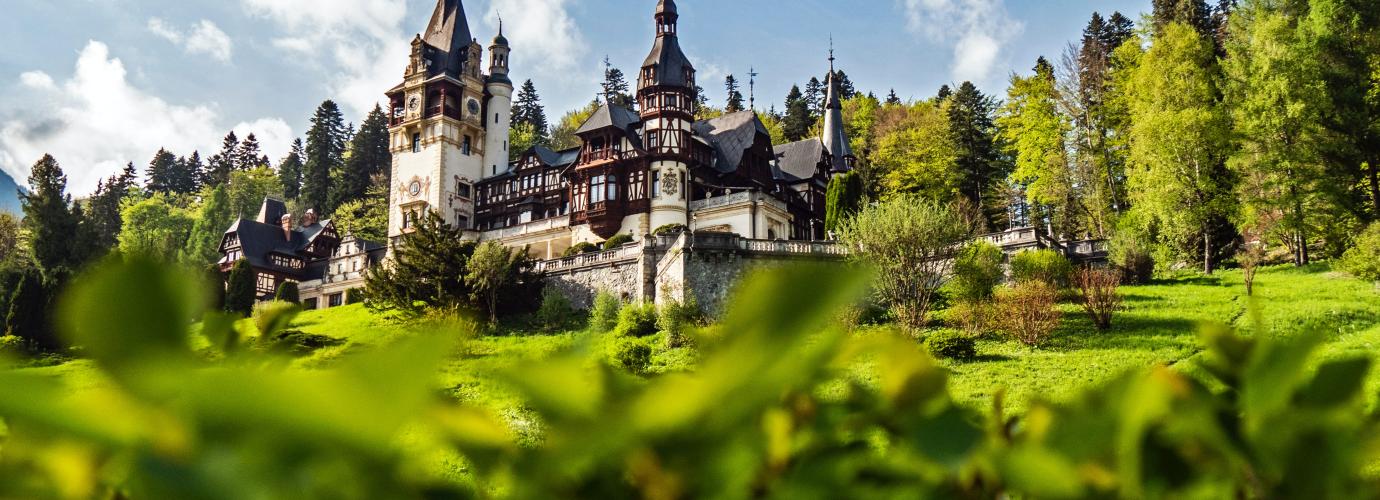The Romanian used to live separately in three historical regions: Walachia, Moldova and Transylvania. The union process involving the Romanian people from these three historical regions led to the formation of the Romanian state. On 24 January 1859, Walachia and Moldova were united, establishing the modern Romanian national state, which was named at that time the United Principalities of Moldova and Walachia.
The unification process was completed after First World War through the unification of Transylvania with its mother country on 1 December 1918 – the date of the establishment of the unitary Romanian national state.
The first Constitution was enacted in 1866 and stated, in Article 1, that the name of the state was “Romania”, which was used until 1947. The 1866 Constitution was successively amended in 1923 and 1938. By the time of Second World War, Romania had been a Constitutional Monarchy, with a market economy and important political and economic relations with many European countries. In 1940, given the historical context, the 1938 Constitution was suspended and a military dictatorship set up until 1945.
After Second World War, under the military pressure of the former Soviet Union, the monarchy was abolished and on 30 December 1947 Romania became a republic with a communist regime. A new Constitution was enacted in 1948, which was subsequently amended in 1952 and 1965. Society and economy were forced to change after imported models. Unilateral state property, rigid centralised planning and a market controlled by the state led to an unbalanced and inefficient economy, with major repercussions on social wellbeing. The exercise of basic civil rights was prohibited for most of the population.
The effects of the economic and social disaster amplified towards the end of the 80s leading to an open protest of the population in December 1989. The protest turned into a people’s revolution, which resulted in the overthrow of the communist regime and the proclamation of democracy on 22 December 1989.
As from 1990, the efforts related to the transition of Romania to democracy involved changes in two areas: the political life – from totalitarianism to democratic government – and the economy – from a planned economy to a market competition-based economy.
A new Constitution was adopted through a referendum on 8 December 1991, laying down a new legislative framework for political pluralism and private initiative. Pursuant to the political, social and economic developments after 1991 and the perspectives of accession to the European Union, the Constitution was amended based on a referendum in October 2003.
The first transition phase towards the democratisation of society required a re-establishment of historical political parties, i.e. the most important political parties which existed before the instauration of the communist regime. About 200 political parties were established in this period, with various political orientations.
After the first free elections, which were held in 1992, the Romanian political scene began to settle. A characteristic of the political scene in Romania is the presence of political parties set up based on ethnic criteria, like the Democratic Union of Hungarian People from Romania – UDMR or the Democratic Forum of German People from Romania – FDGR. Moreover, irrespective of the election outcome, the presence of representatives of ethnic minorities in the Parliament is granted by the Constitution.
With regard to the economy, the most important strategic objective of the reform process is the structural reform, which aims to reduce the state’s role and boost private initiative. The new financial mechanisms began to stimulate economic growth.
Accession to the European Union was supported by the majority of the population and became a national priority. The negotiations for Romania’s accession to the EU opened in February 2000 and from that date ongoing progress was made towards the criteria for becoming a Member State. Eventually, 1 January 2007 was the date of Romania’s accession to the European Union.

